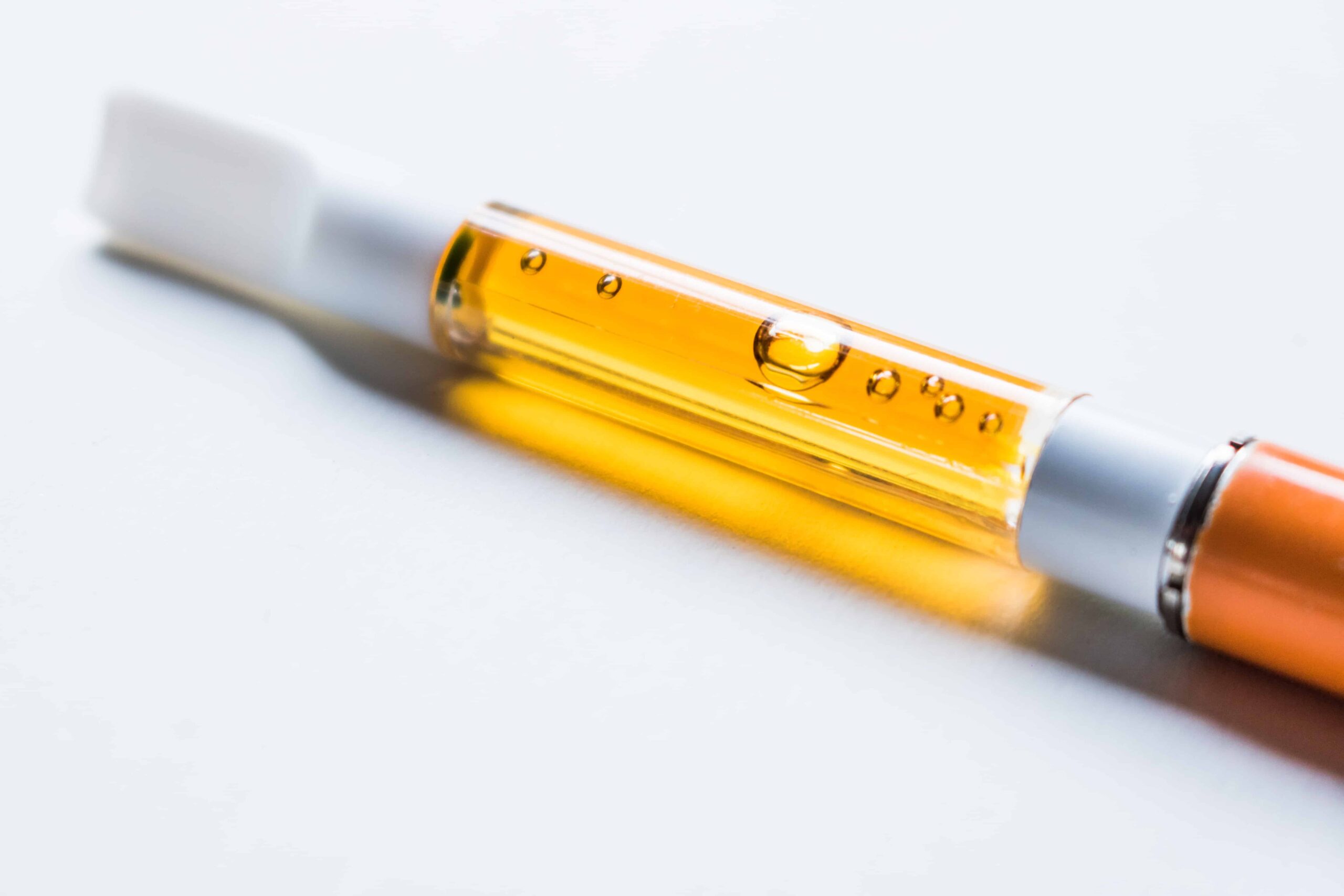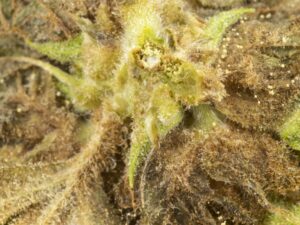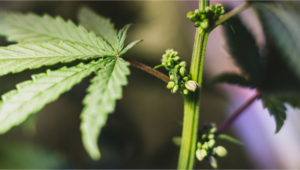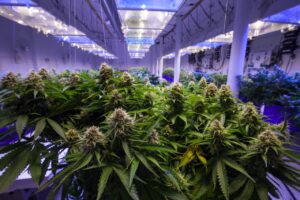Recently, some 450 cases of “vape pen” reported illnesses have allegedly contributed to six fatalities (NEJM). This health threat is serious, and tragic for its victims, but compared to the losses we sustain every day from opiates, alcohol, tobacco and guns, this threat is—for now—less dire. For sensationalism, however, this crisis can’t be beat, featuring the triple boogiemen of cannabis, e-cigarettes, and teen vaping.
The rapidly expanding legal cannabis industry prides itself on the plant’s therapeutic value, and the goal is to help and do no harm. After all, cannabis can be used to treat people with cancer, AIDS, PTSD, spectrum-disorders, and opioid withdrawal symptoms. Even the Department of Health and Human Services holds a patent on using cannabidiol to treat Alzheimer’s, Parkinson’s and other auto-immune diseases. So, let’s look at this through the correct end of the public health telescope.
What do we know so far?
Let’s start with some easily verifiable facts. Nine million vape pens are sold every month (BDS Analytics), so this acute rise in illness implies a recent contaminant has entered the supply chain. Second, due to the lack of resolve in Washington on legalization, the legal cannabis industry (and its subset, vaping), is still dwarfed by competition from a thriving illicit market. Third, as with any product widely consumed by the public, frequent testing is required to make that product safe. This is expensive. And therein lies the nub of the problem, and where we find an economic paradox.
Solving the economic paradox
The only solution to this paradox is to radically increase the testing capacity of the cannabis testing labs while decreasing testing costs. While many view this is an impossible feat, they are mistaken. We have seen this economic dynamic play out in various technology-rich markets like computers, communications and even my specialty, genomics. But key to rapidly scaling increases in test volume with concurrent decreases in test unit price is a healthy and competitive market.
Unfortunately, the legal cannabis market is neither healthy nor competitive, and there are laws in place to keep it that way. There’s the aforementioned illicit market, which is just as big, if not bigger than the nascent legal market. There’s access to capital, to which the cannabis industry has practically none. Venture capital funding, credit, loans and even rudimentary banking services are taken for granted in other markets, but not in the cannabis industry. Testing labs routinely have their “banking” shut down.
Public safety and the commercial functionality of the entire industry rely on shuffling bags of cash around Walter White style. Frankly, many of us in the industry are surprised we didn’t see problems like this sooner. Lack of banking also means many manufacturers of scientific equipment won’t sell into the industry, period. Besides reducing access to technology, that helps keep a lid on growth and keeps prices high.
The cannabis banking problem also restricts investment capital in labs touching the plant. Want that sensitive mass spectrometer? Better have a spare million dollars lying around and pray the manufacturer will actually sell it to you. Do they take cash? Bitcoin?
The banking restrictions also play their part in interstate commerce laws. In most other rational markets, companies have the means and the freedom to build a single well-equipped lab that can service a worldwide market. With economies of scale, it can test for more than the minimum requirements and maybe even run every test in triplicate to build error bars and confidence intervals. Not in the cannabis market. We’re lucky we get any bona fide testing under the circumstances.
The Sampling Problem
Statistically speaking, not only do we not even know everything we need to be testing for, we can’t possibly test frequently enough to catch this incidence of events. Here’s the math: The unfortunate 450 cases from 9M vape pens/month is a 1:20K frequency. In the largest cannabis market (California) a 1-3 g sample is tested for every 10 pounds of product. This is a sampling rate of 1:4540 (~4540 grams in 10 pounds).
It doesn’t take a genius to figure out that your safety sampling frequency has to exceed the frequency of the incidence you are trying to avoid. By a lot. The cannabis testing sampling rate is simply too small to catch the frequency of the illness we are trying to detect. Other industries test at 10X the rate of the cannabis industry, but they’re not hamstrung the way this industry is.
Are corners being cut? Absolutely, but not by the lab operators struggling to stay alive in this insane economic environment. They’re being cut by labs that, because of federal regulations, can only service a single state. In rational markets you build one lab that can service all 50 states and even pull in some international customers. But in this irrational market, the $4-$5 million required to start a cannabis safety testing lab must be replicated in every state to reach the same too-small market. Why? Because cannabis testing samples cannot be shipped across state lines for testing.
You cannot expect cannabis testing labs that are boxed into small markets and restricted by draconian banking laws to deliver a perfectly safe product when their competition in the illicit market has no such restrictions and don’t have to pay to test anything.
Likewise, outlawing vaping is not going to make vaping safer. Just the opposite. If 80-some years of cannabis prohibition didn’t eliminate demand, more regulations certainly aren’t going to. It’s time for a different approach, one that deals with economic and cultural realities.
Better Banking = Safer Cannabis
The safest thing this country could do today is to remove the banking restrictions on cannabis testing labs so they can raise capital and grow to meet the demand required to keep the market safe. Legislating more testing without removing the barriers for growth will only increase the price of goods relative to the illicit market and the larger that market gets, the more cannabis will move through it. No one, especially the legal cannabis industry, wants that.
While we’re at it, let’s let labs ship samples state-to-state for proficiency testing and market expansions. Can you imagine how hard it is to track down an outbreak when labs can’t share samples across state lines?
Finally, it’s important to acknowledge the heroes in the cannabis testing industry who have fought the good fight against over-regulation and banking friction because they sincerely believe in doing whatever is humanly possible to keep this medicine safe. Most of the people I know in this business are in it because cannabis touched or saved a family member. This is not a case of “evil profit motives poisoning the industry.” It’s a case of “well intended” regulations shifting to address a panic du jour but that will end up exacerbating the situation that caused the problem in the first place.









